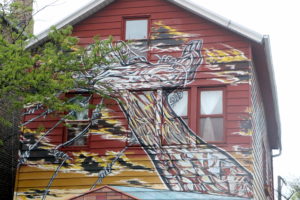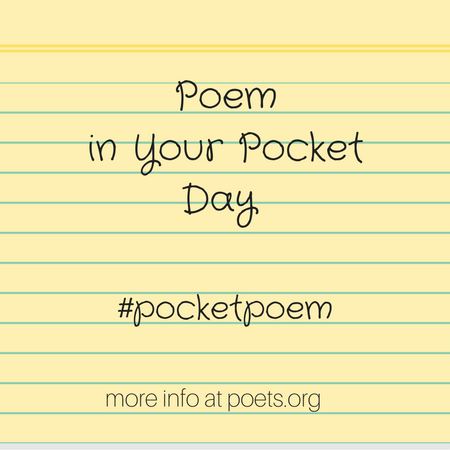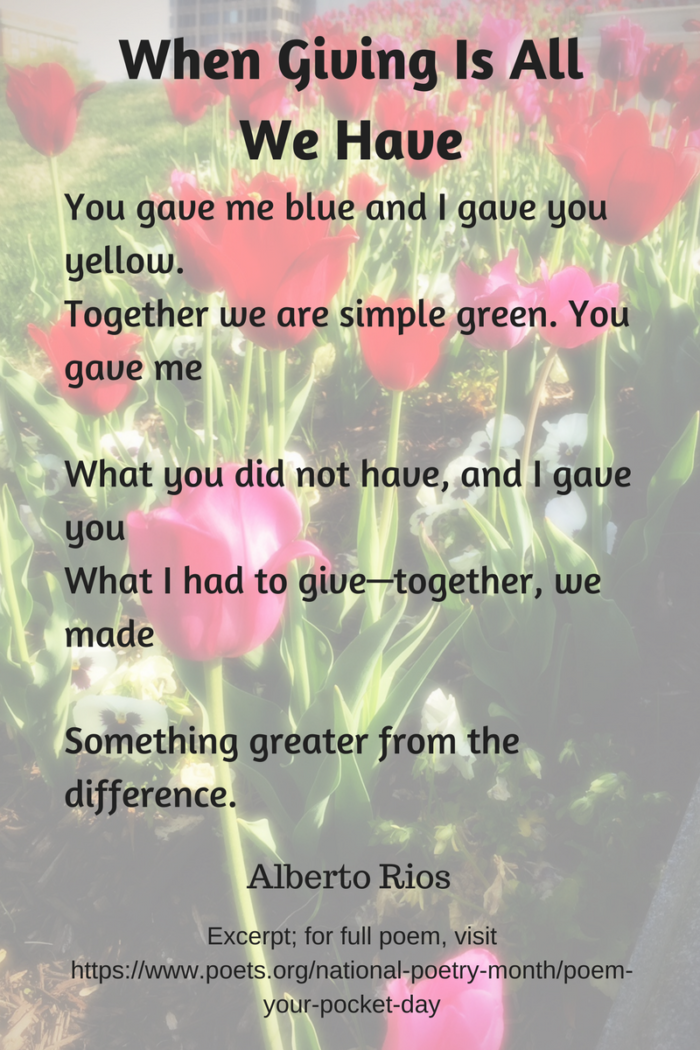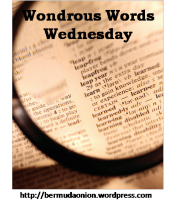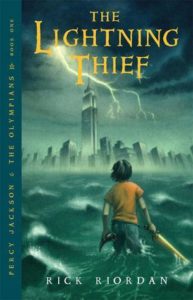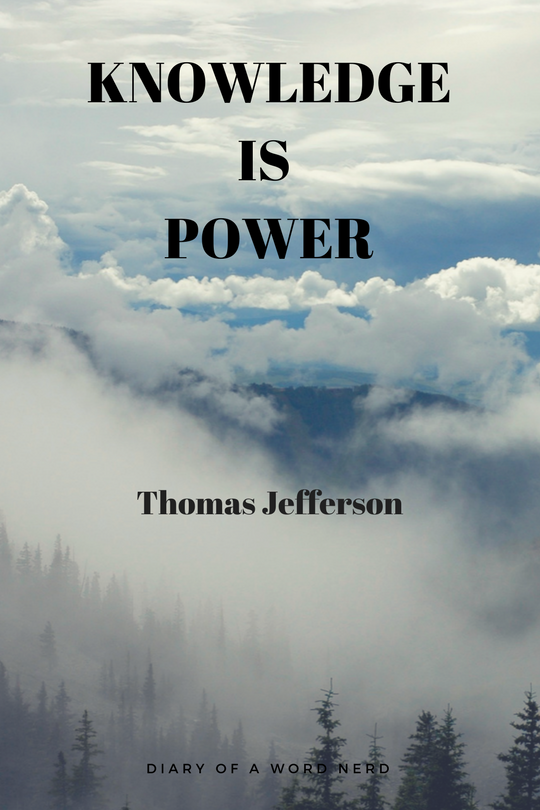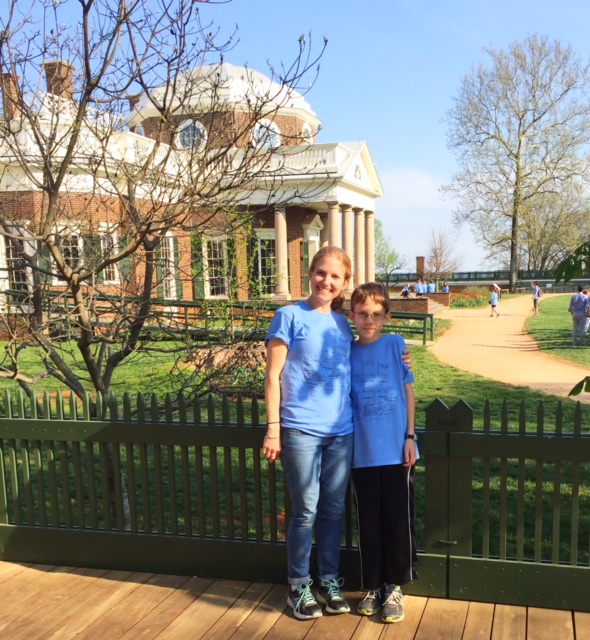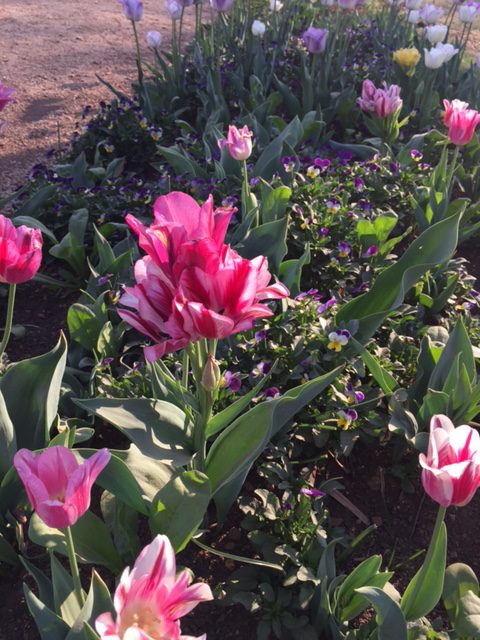I’m going to ask a difficult question, and I dare you to answer honestly:
Are you racist?
Many people reading this blog would probably deny they are racist. However, whether you admit to racism or not, you should read Small Great Things by Jodi Picoult. In this legal drama, Picoult explores racism in its overt and subtle forms and raises multiple questions, as any good novelist should. Small Great Things forces readers to evaluate the attitudes they claim and the generalizations they subconsciously harbor.
Premise
Ruth Jefferson is a labor and delivery nurse with a Yale degree and over 20 years of experience. She is also black. When a White Supremacist couple insists that Ruth cannot touch their newborn son, Ruth is offended but honors the couple’s wishes. Her supervisor places a note in the baby’s medical record: No African-American staff should care for this patient. Unfortunately, during a busy morning on the floor, all other staff must attend to urgent situations, and Ruth is left alone with the white baby to observe him after his circumcision. While under Ruth’s watch, the baby suffers cardiac distress.
Ruth faces a dilemma: should she honor the request of the baby’s parents or honor her duty to care for ill patients?
Tragically, the baby dies, and guess what his parents do? That’s right, this story is set in America. They sue.
Public defender, and white woman, Kennedy McQuarrie takes on the case, and what she learns about herself and her fellow Americans during this trial changes her forever. Hopefully it will change the hearts of readers too.
What I liked
Picoult uses mulitple POVs to tell this story. One is Turk Bauer, the white supremacist father. The other two are Ruth and Kennedy. Because each player gets full chapters of first person POV, readers get deep insight into how the attitudes of each character have formed . This builds understanding for each one, even the overtly racist guy.
Although the three main characters are very different, Picoult links them all with the theme of parenthood. I don’t believe in the supremacy of the white race, but I do love my children, and that helped me relate to Turk Bauer. I don’t know what it’s like to be judged based on the color of my skin, but I do know how challenging it is to parent teens. I love this quote from one of Ruth’s chapters:
In a lot of ways, having a teenager isn’t all that different from having a newborn. You learn to read the reactions, because they’re incapable of saying exactly what it is that’s causing pain.
Amen.
Finally, I loved how Small Great Things examines the various forms and levels of racism. Through her relationship with Ruth, Kennedy gains new perspective on how it feels to live as a black person in America. During the trial, Kennedy says to the jury:
Sure, it’s so much easier to see the headwinds of racism, the ways that people of color are discriminated against… It’s a little harder to see- and to own up to- the tailwinds of racism, the ways that those of us who aren’t people of color have benefited just because we’re white.
Makes you think, doesn’t it?
What I didn’t like
Sometimes the examples of racism were hard for me to believe – would police really come to Ruth’s house, in a safe, well-respected community, at three in the morning to arrest her? Picoult hits her readers over and over with signs of injustice, and sometimes it felt contrived. However, I’m white.
The conversion of one of the main characters seemed unrealistic at first, but after I thought about it, I realized that Picoult laid the groundwork for this change earlier in the novel. The transformation of her characters reinforces her message of hope and possibility.
Recommendation
Everyone should read this book and use it as a guide to examine their own attitudes about race and injustice in our country.
By the way, the title Small Great Things comes from a quote by Martin Luther King Jr.
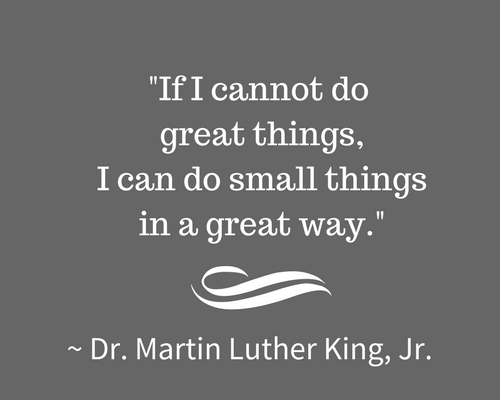
Have you read Small Great Things? What did you think? Can you recommend any other novels that address the issue of racism?
Happy reading!



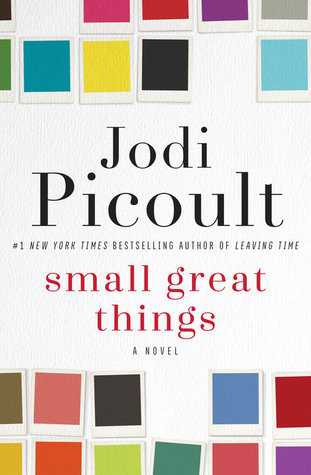
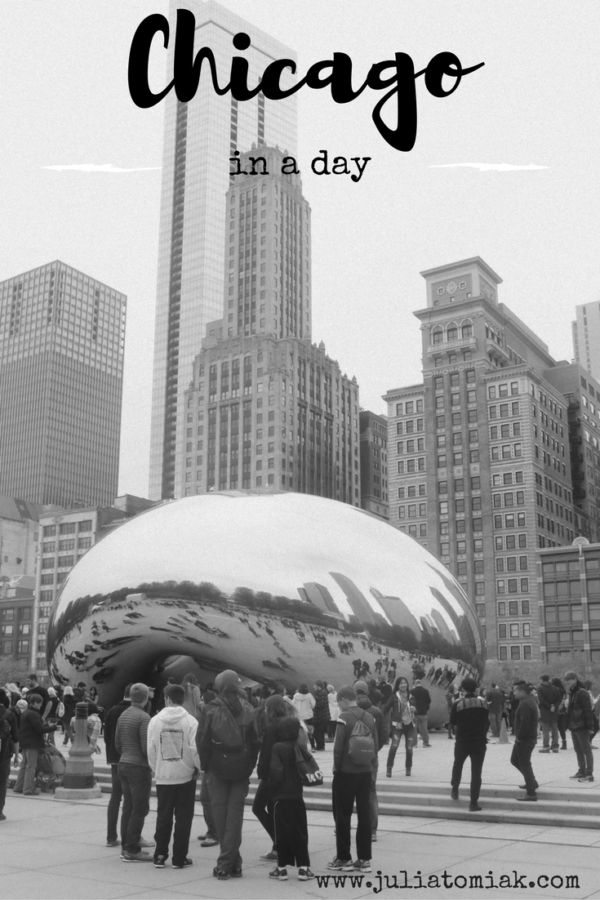
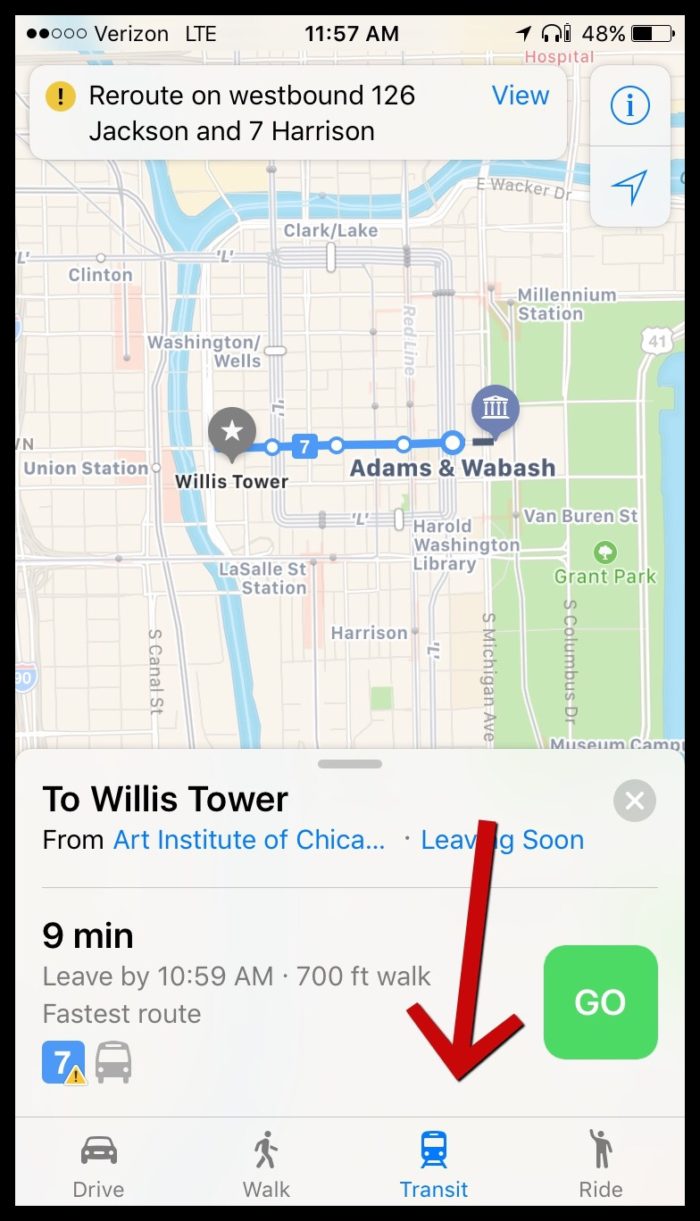
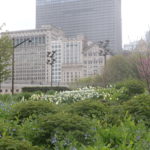 Chicago has so many beautiful outdoor spaces- the River Walk, Millennium Park, Grant Park, the Navy Pier, and the lake front beaches – that it would be great to visit when the weather is warm. During our visit in late April, it was overcast with highs in the 50s (fairly typical for April). Closer to the lake felt even chillier. Good friends of mine who visited in the summer enjoyed warm weather activities like bike and kayak tours. When we go back, I’d definitely like to do that.
Chicago has so many beautiful outdoor spaces- the River Walk, Millennium Park, Grant Park, the Navy Pier, and the lake front beaches – that it would be great to visit when the weather is warm. During our visit in late April, it was overcast with highs in the 50s (fairly typical for April). Closer to the lake felt even chillier. Good friends of mine who visited in the summer enjoyed warm weather activities like bike and kayak tours. When we go back, I’d definitely like to do that.